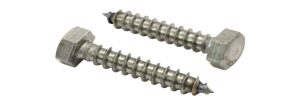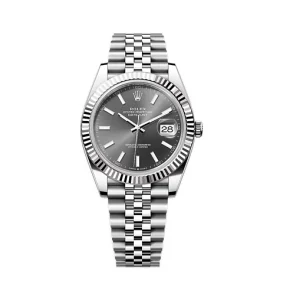
We have been using elevators for many years, and they always work on the same basic idea. Although the fundamental design of elevators hasn’t changed much over the years, various little adjustments have been made to make the journey more comfortable. Elevators now operate more efficiently and provide a considerably faster way of transportation thanks to computer-controlled technology. A basic list of elevator components is shown below. You can discover fitted lift parts for a variety of manufacturers here. We send all components out right away so that they may use your lift right away and have the spare parts available.
A List of Elevator Components (List)
The many components of an elevator consist of:
- Elevator shaft and car
- The unit for sheave and motor control
- Drive of a counterweight machine
- guiding rails for counterweights
- Fixing bracket for a guide rail
- Counterweight frame Car guide rail
- Balanced counterweight
- Control cabinet for the overspeed governor
- Apron
- stepping doors
- pressure pulley
- Car bagger

What is a lift (elevator)?
An elevator is a type of electric lift that is used to transfer people and products vertically between levels of buildings utilizing silos or bins. In the same manner as before, they are actuated by electrical motors that also drive counterweight system cables for drive operations like a hoist, or else pump hydraulic fluid to raise a cylindrical piston like a jack. They are employed in several sectors, including industry and agriculture. Depending on our needs, there are numerous sorts of elevators. In the most recent multi-storey buildings, elevators are regularly employed, especially in places where wheelchair ramps are impractical.
How Do Lifts Operate?
The pulley system is similar to how an elevator or lift operates. The well’s water is drawn using a pulley system. This pulley system may be constructed using a wheel, rope, or bucket. A rope that crosses a wheel and is attached to a bucket. It may be quite simple to extract water from the well as a result. Similar to this, modern elevators employ the same idea. Yet, the fundamental distinction between the two is that an elevator employs complex machinery to handle the load, whilst pulley systems are handled manually.
An elevator is essentially a metal box of various designs that is attached to a strong metal rope. The elevator in the engine room has a sheave where the sturdy metal rope is passed through. In this case, a sheave works like a wheel in a pulley system to tightly grip the metal rope. A motor may be used to run this system. The motor may start when the elevator moves up and down or stops when the switch is switched ON.
The speed regulating system, electric motor, rails, cabin, shaft, doors (manual and automatic), drive unit, buffers, and safety device are the primary elevator parts that may be used to build an elevator.







